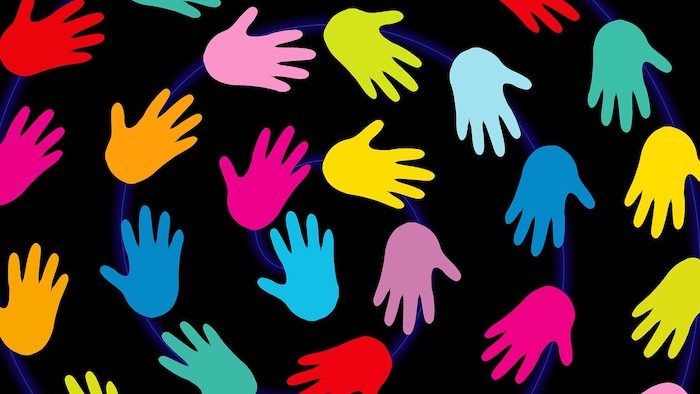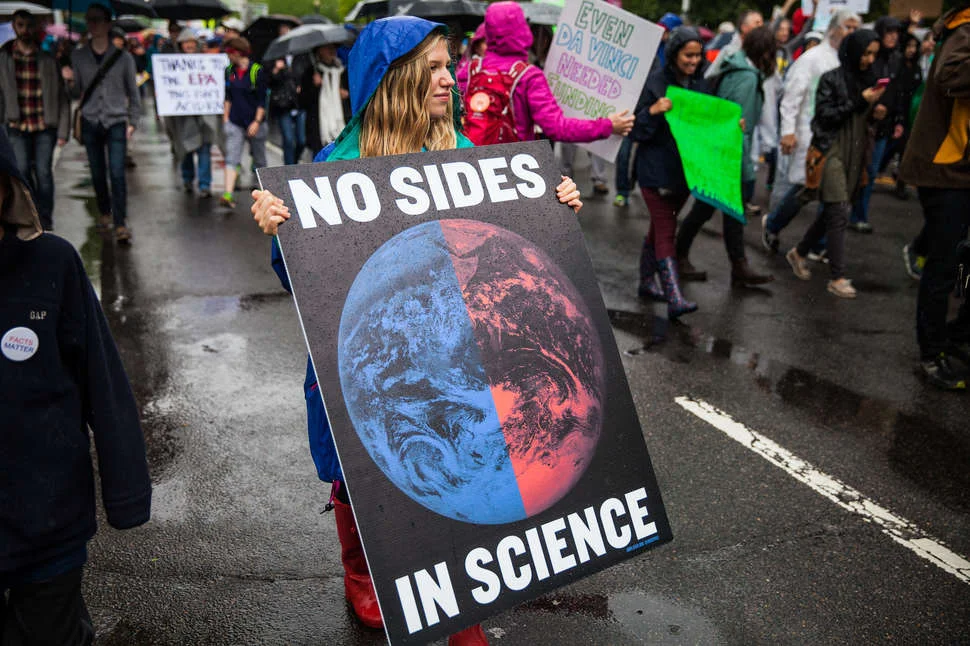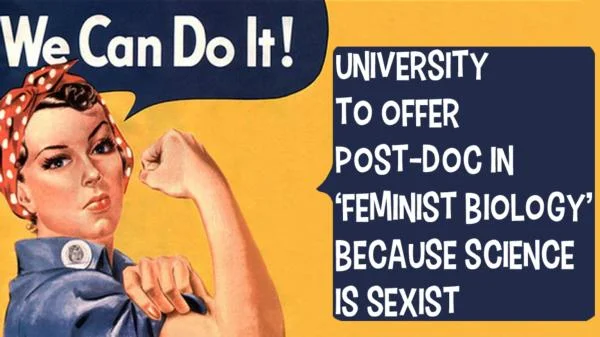Introduction: Why Queer Science Education?
Welcome to “Queering Science Education: Curricular Next Steps"! Please take a moment to learn about my thinking behind this curricular project, as this will help you get the most out of the resources I have compiled. Should you have questions or suggestions, don’t hesitate to reach out via the “join the conversation” page.
Traditional diffusion demo: dye in hot, cold and luke-cold water
Queer Theory Applied to Science Education
Queer theory opens up new ways of thinking, mobilizes transgression and resistances, and “turn[s] things inside out; make[s] the unnatural natural and vice versa” (Watson, 2005, p. 73). Applied to schooling and education, queer theory questions the purpose of school, interrogates knowledge (what counts as knowledge, whose knowledge, etc.), and examines how and what students learn in their classrooms (Gunckel, 2009). I find this lens to be powerful because it is about much more than what people immediately associate with the word “queer” (namely, LGBTQ+ identities and voices); queer theory helps us push boundaries, consider new possibilities, reconceptualize the notion of normal/abnormal, and disrupt problematic structures such as confining binaries. There is an idea from Sumara and Davis (1999) that I particularly love—the goal of queer theory to open areas for broader perspectives, to expand spaces for complex thinking, and to broaden imaginative possibilities for making sense of the human experience. How cool is that?
Queer theory emerges out of ideas of equality and builds on liberatory political movements such as feminist movements. For the main page of the website, I wanted these ideas of liberation, emancipation, transgression, and originality to come alive. To achieve this, I decided to take a traditional science lab demonstration of diffusion (see video on the left) of dye in water and quite literally “turn things inside out” by inverting the colors in the video to open up a new way of experiencing this phenomenon of diffusion. All of a sudden, this mundane demonstration becomes exciting, a bit unsettling, and quite unfamiliar. By this change in perspective, a phenomenon that perhaps we have taken for granted or have regarded as “normal” becomes visibly new, strange, and even “unnatural.” Thus, one main goal of this curricular project is to re-present aspects of science education that have been normalized, become invisible, or worse, neglected all together. Another goal is to explore the “in-between” spaces of identities and straight(forward) categories to see how truly interdisciplinary and broad science education can be. A final goal is to make science education accessible and pleasurable to all learners, regardless of their prior experience with science, so that all students can claim “I can do science, I can contribute to science, I am a scientist.”
A woman holding a poster during the “March for Science" (original source)
Queering Science: Science as a Verb
My intention to “queer” traditional science education stems from my desire to disrupt traditional notions of science—science as a passive noun; science as anchored in facts, stats, and formulas; science as a subject you learn from teachers, books, and carrying out ‘cookbook'‘ labs; science as a field dominated by men and “expert” knowers; science as limited to the laboratory. Amidst the process of deconstructing science, I hope to open up science to be an active verb—an imperfectly cyclical process that involves iterations and reiterations (NOT the unrealistically neat and sequential “scientific method”), a process that does not have a finite end, a process that emphasizes posing more questions than finding quick solutions, a process that centers people, their stories, and their rights. Doing science is not all about solving intricate problems, but also about reflecting on our practice and on whether our practices are ethical.
Organization of Curricular Content
The curricular resources provided on this site are not, by any means, exhaustive; rather, my goal is to offer a sampling of what could be part of the science curriculum. The various content that I have collected is meant to inspire educators and students alike to seek out alternative paths for pursuing science education. While some specific lessons are included, my intention is not to be prescriptive in offering these curricular next steps. There is no single path for queering science education; there are many ways of embracing queer theory in teaching and learning. Here, I’m sharing with you some possibilities to ponder, organized not in rigid categories but with more open concepts:
Disrupting problematic binaries (scientist vs. layman, patient vs. specimen, scientist vs. artist, etc.) to open up in-between identities held by people touched by science in some way
Making visible the people and their stories, cloaked by discoveries and scientific progress, and embracing many complex identities
Merging science with the arts (poetry, theater, graphics, etc.) to open up various ways of experiencing and expressing science
Thinking openly about the consequences of scientific knowledge: bioethics, informed consent, genetic testing, and the notion of “designer babies”
Bringing back the magic to doing and thinking about science, as there should be pleasure in learning and constructing knowledge!


